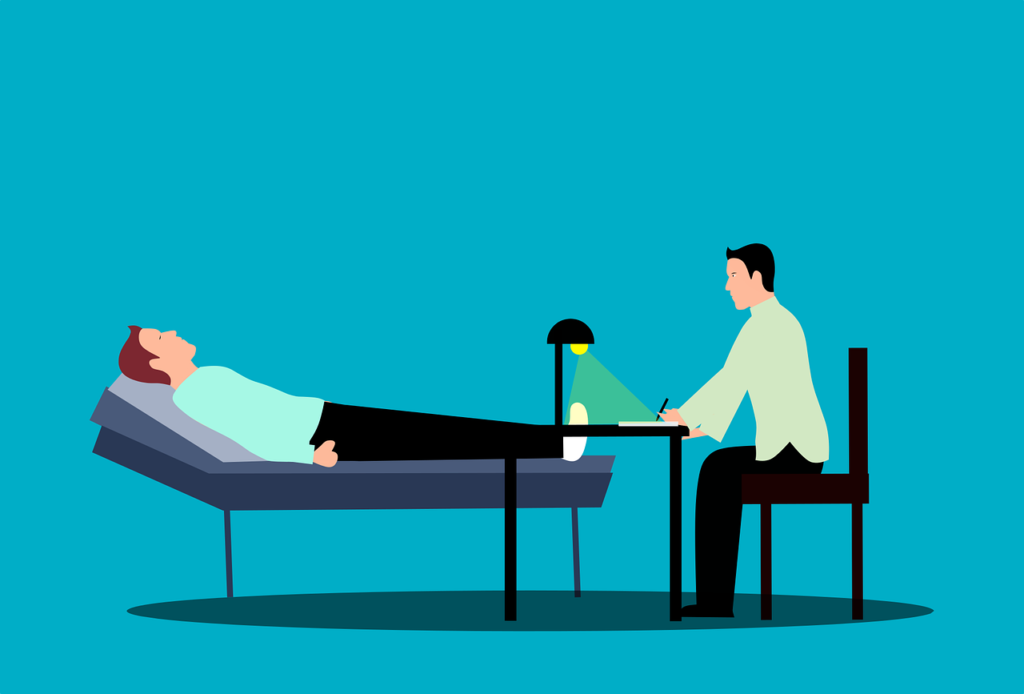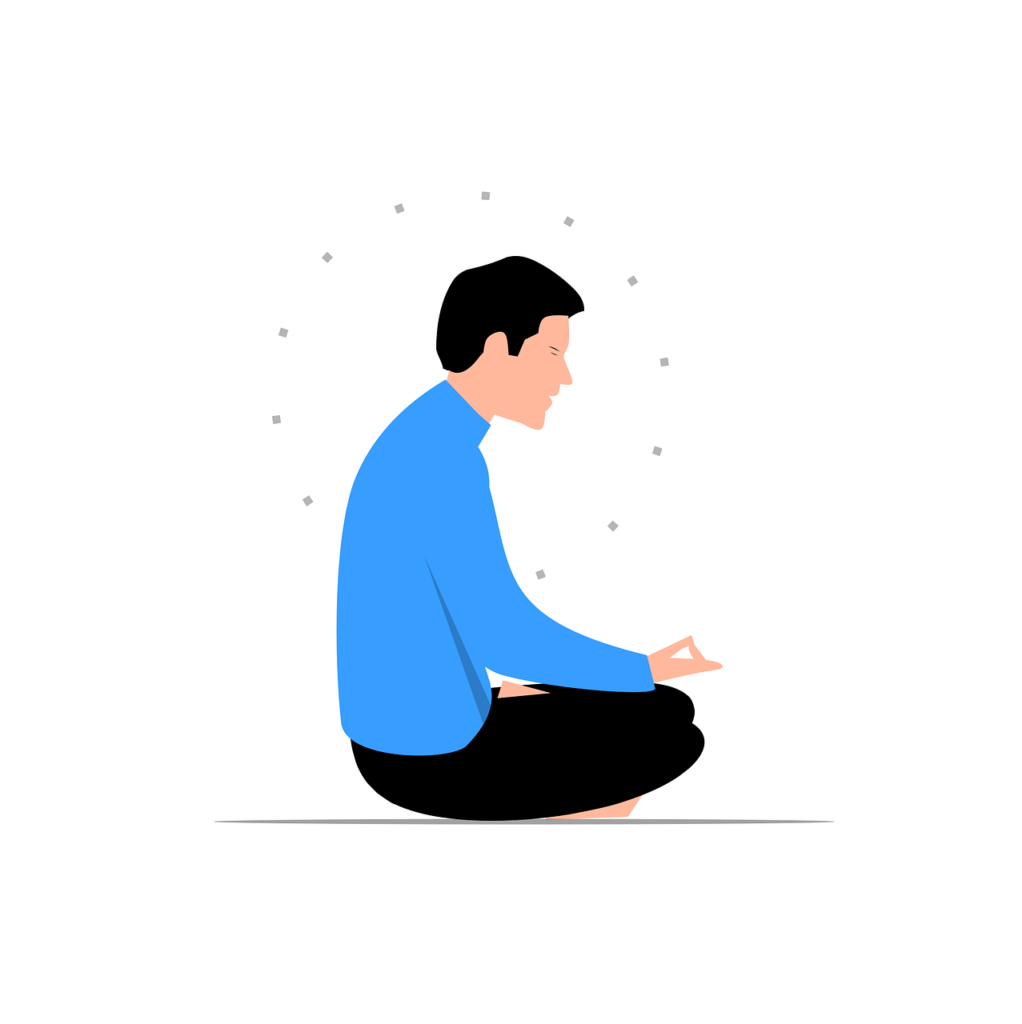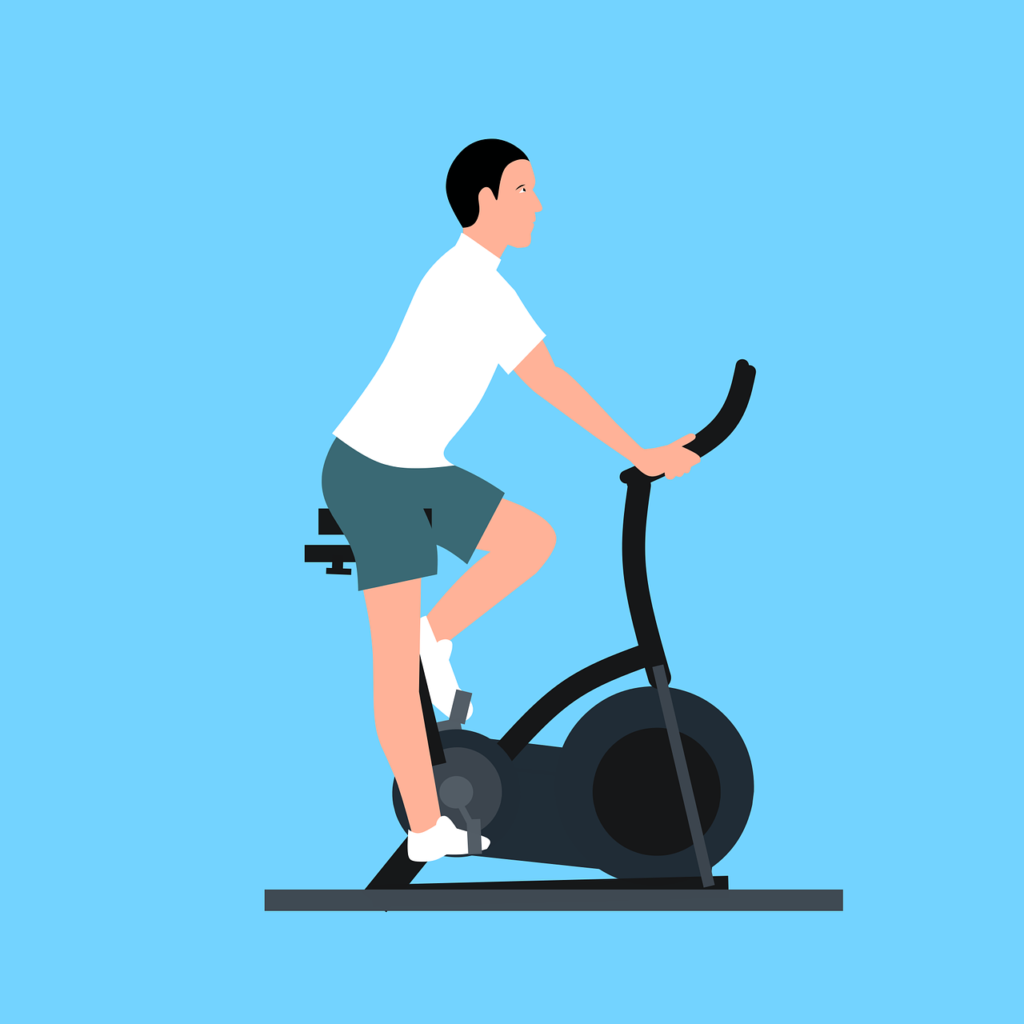What are treatments for OCD?

Introduction
What are treatments for OCD, well obsessive compulsive disorder (OCD) treatments encompass therapy, medication and lifestyle adjustments. Cognitive behavior therapy (CBT) is a primary approach, focusing on altering thought patterns and behaviors. Exposure and response prevention (ERP) gradually exposes individuals to anxiety triggers. Medications like SSRI’s can also alleviate symptoms. Lifestyle changes, like stress management, complement treatment strategies.

Regular Exercise
1: Reduce stress: exercise lowers cortisol levels, mitigating stress, a common trigger symptoms.
2. Enhances mood: releases endorphins, boosting mood reducing anxiety and depression associated with OCD.
3. Improves Sleep: regular exercise promotes better sleep quality, crucial for managing OCD symptoms.
4. Increases dopamine levels: elevates dopamine a neurotransmitter linked to pleasure and reward, potentially reduces OCD urges.
5. Enhances cognitive function: exercise improves cognitive abilities, aiding in cognitive – behavioral strategies utilized in OCD therapy.
6. Boost self- esteem: achieving fitness goals enhances self- esteem, counteracting negative self- perception common in OCD.
7. Promotes relaxation: engaging in physical activity reduces relaxation, calming intrusive thoughts and compulsive urges.
8. Distraction: provides a healthy distraction from obsessive thoughts, redirecting focus towards the present moments.
9. Social support: joining exercise groups, or classes offers social interaction, reducing feelings of isolation often experienced with OCD.
10: Increases Brain- derived neurotrophic factor (BDNF): exercise boosts (BDNF) levels, promoting brain plasticity and potentially alleviating OCD
symptoms.
11. Improving coping skills: regular exercise teaches resilience and coping mechanisms, valuable in managing OCD- related stressors.
12. Regulates neurotransmitters: balances neurotransmitters like serotonin and glutamate, implicated in OCD pathophysiology.
13. Enhances executive function: improves executive function, facilitating in better decision- making and impulse control.
14. Reduces rumination: physical activity interrupts rumination cycles, preventing obsessive thoughts from spiraling.
15. Encourages Exposures: outdoor exercise exposes individuals to triggering stimuli, aiding in ERP therapy for OCD.
16. Increases energy levels: combatting energy lethargy associated with OCD, exercise and motivation.
17. Improves body image: fosters a positive body image, reducing preoccupation with physical common in OCD.
18. Long term health benefits: regular exercise reduces the risk of comorbidities like cardiovascular disease and diabetes, improving overall well-
being for those with ocd.
Exercise benefits OCD by reducing stress, improving mood, promoting relaxation, enhancing coping skills, contributing to overall symptoms management.

A healthy Diet
1. Balances blood sugar: stable blood sugar levels prevents mood swings and anxiety spikes.
2. Provides essential nutrients: supports brain health with vitamins, minerals and omega- 3 fatty acids.
3. Reduces inflammation: minimizes inflammation, linked worsened OCD symptoms.
4. Boost serotonin levels: certain foods increase serotonin production, regulating mood and anxiety.
5. Improves gut health: a healthy gut microbiome influences brain function and mood.
6. Enhances cognitive function: nutrient- rich foods support cognitive processes involved in ocd management.
7. Regulates hormones: balanced hormone levels can reduce stress and anxiety.
8. Promotes neuroplasticity: nutrients aid in brain cell growth and repair, facilitating therapy effectiveness.
9. Support medication effectiveness: a healthy diet can enhance the efficacy of OCD medications.
10. Reduces oxidative stress: antioxidants protects against oxidative damage, implicated in OCD.
11. Sustains energy levels: Balanced nutrition prevents energy fluctuations, aiding in daily functioning.
12. Improves sleep quality: certain foods promotes better sleep, crucial for OCD management.
13. Enhances focus and concentration: nutrient- dense foods support cognitive clarity and attention.
14. Manages weight: maintaining a healthy weight reduces the risk of obesity- related OCD complications.
15. Reduces food sensitivities: eliminating trigger foods can alleviate physical discomfort that exacerbates ocd symptoms.
16. Supports digestive function: a well- rounded diet improves nutrient absorption and gut motility.
17. Encourages mindful eating: promotes awareness of hunger cues and emotional eating triggers.
18. Fosters overall well- being: eating nourishing foods fosters a sense of vitality and resilience.
A healthy diet sustains brain function, stabilizes mood, reduces inflammation, and supports overall well- being, crucial for managing ocd symptoms effectively.

Art therapy
1. Expression of emotions: allows individuals to express and process emotions associated with OCD in a non- verbal manner.
2. Distraction technique: engages focus on creative tasks, diverting attention from obsessive thoughts.
3. Cathartic release: art offers a safe outlet for releasing pent- up feelings and stress associated with OCD.
4. Empowerment: provides a sense of control and agency over one’s thoughts and feelings.
5. Mindfulness practice: encourages present- moment awareness, reduces anxiety and rumination.
6. Enhances self- understanding: art- making facilitates self- reflection and insight into ocd triggers and behaviors.
7. Promotes relaxation: creating art induces a state of relaxation, alleviating tension and anxiety.
8. Builds confidence: successes in artistic expression boosts self- esteem and confidence, counteracting OCD- related doubt.
9. Encourages experimentation: art allows for exploration and experimentation, fostering creative problem- solving skills.
10. Encourages acceptance: art therapy acceptance of imperfections, fostering self- compassion in managing OCD.
11. Integration of sensory modalities: engages multiples, stimulating different areas of the brain and promoting holistic healing.
12. Provides symbolic representation: art can symbolically represent OCD experiences, facilitating communication with therapist and loved ones.
13. Facilitates communication: allows for communication of complex emotions and experiences difficult to articulate verbally.
14. Encourages playfulness: art therapy fosters a sense of play and imagination, reducing rigidity and perfectionism associated with OCD.
15. Promotes social connection: group art therapy sessions offer social support and camaraderie with others facing similar challenges.
16. Encourages patience: art- making requires patience and tolerance for uncertainty, valuable skills in managing ocd.
17. Integration with therapy: complements traditional therapy approaches, enhances treatment outcomes.
18. Encourages Externalization: externalization OCD thoughts and behaviors onto art media can reduce emotional intensity and grip on the individual’s psyche.
Art therapy for OCD offers a creative outlet to express emotions, reduce anxiety, foster self- understanding relaxation and acceptance.
Conclusion
Well, here is the conclusion for what are treatments for OCD. Treating OCD thoughts involves a multifaceted approach, including therapy,
medication, and lifestyle changes. Cognitive- behavioral therapy (CBT) and exposure and prevention (ERP) are primary therapeutic inventions. Medications like SSRIs may alleviate symptoms. Lifestyle adjustments, stress management, and support systems complement treatment, fostering effective management of OCD thoughts.
To contact us click here
